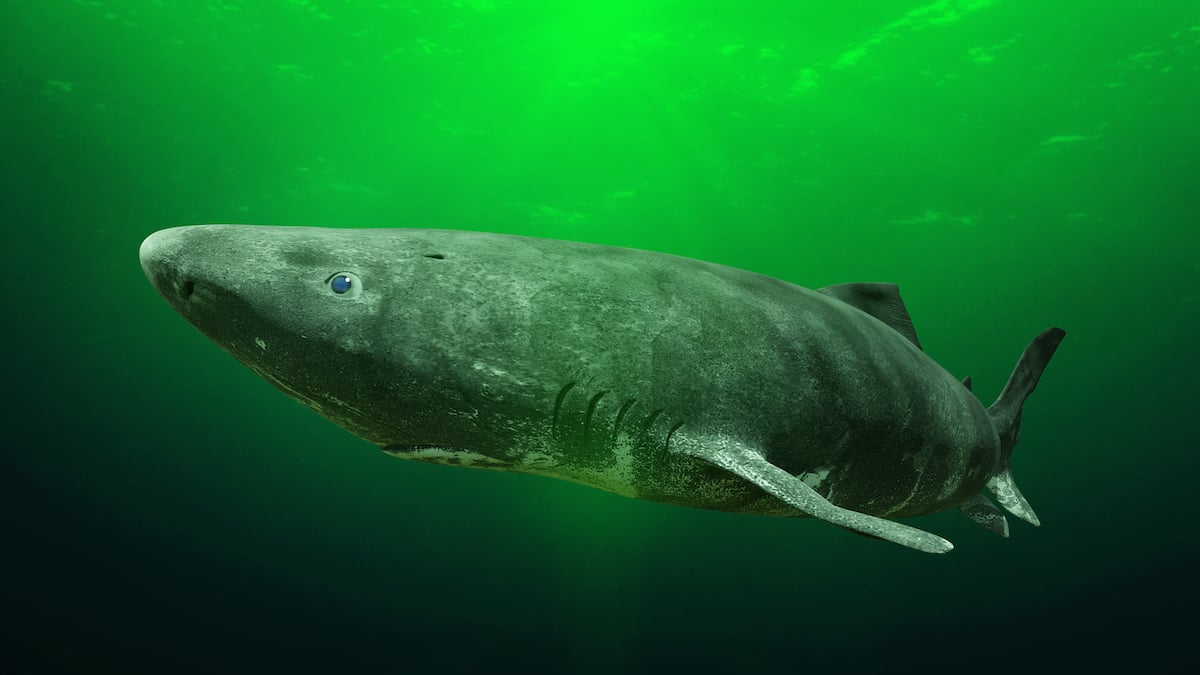Greenland Sharks: Arctic Ancients with Unprecedented Longevity
Introduction
In the icy depths of the Arctic, where darkness reigns and temperatures plummet, there dwells a remarkable creature: the Greenland shark. This enigmatic species possesses an extraordinary lifespan, surpassing centuries, making it one of the longest-lived vertebrates on Earth.
Exceptional Longevity
Greenland sharks have an average lifespan of at least 270 years, with some individuals potentially reaching 500 years or more. This unparalleled longevity is a testament to their exceptional resilience and adaptation to the extreme conditions of their habitat.
Slow Metabolism, the Key to Longevity?
Scientists have long suspected that the Greenland shark’s slow metabolism and life in the cold may contribute to its extended lifespan. Researchers have now delved into this theory, examining the metabolic activity of Greenland sharks of different ages.
Surprisingly, their analysis revealed that the sharks’ metabolisms do not diminish with age, defying the typical pattern observed in other animals. This indicates that Greenland sharks may possess unique biological mechanisms that protect them from age-related decline.
Other Contributing Factors
While the slow metabolism is a key factor in the Greenland shark’s longevity, other aspects of its biology also play a role. The frigid Arctic waters, the shark’s predatory lifestyle, and its relatively low levels of predation contribute to its exceptional lifespan.
Characteristics and Adaptations
Greenland sharks have an unmistakable appearance, with their elongated bodies, conical snouts, and tiny eyes. They are slow-moving creatures, with a swimming speed of only 1.2 miles per hour.
Despite their slow pace, they are highly efficient predators, feeding on a variety of fish, seals, and other marine life. Their impressive hunting skills and longevity suggest a high level of adaptability and resilience.
Remarkable Resilience
Greenland sharks exhibit an astonishing tolerance to extreme conditions. They can survive in water temperatures near freezing and are known to dwell at depths of up to 8,000 feet.
Furthermore, they have a unique ability to withstand high levels of toxic compounds, such as urea and trimethylamine oxide (TMAO), which would be lethal to most other animals. This resilience is a testament to their remarkable physiological adaptations.
Conservation and Research
Greenland sharks are slow-growing and late-maturing, with females only becoming sexually reproductive around 150 years old. These traits make them vulnerable to overfishing and environmental changes.
Conservation efforts are crucial to protect these ancient creatures and preserve their unique ecosystem. Ongoing research continues to unravel the mysteries surrounding their longevity and resilience, providing valuable insights into the processes of aging and adaptation.
Conclusion
The Greenland shark is a living paradox, defying the conventional understanding of aging and longevity. Its ability to thrive in the harsh Arctic environment and its lifespan that spans centuries poses a wealth of scientific questions. As we continue to study and marvel at this extraordinary species, we may uncover secrets that could potentially enhance the well-being and longevity of humans.
